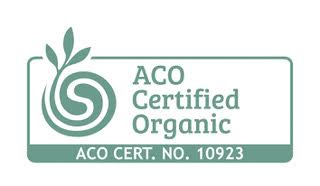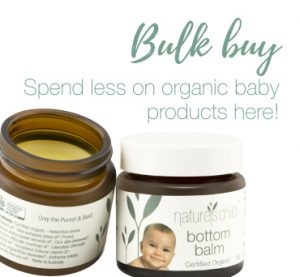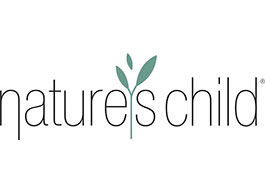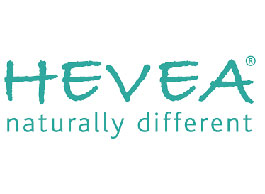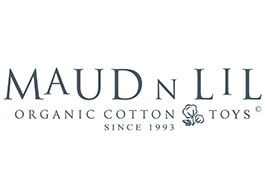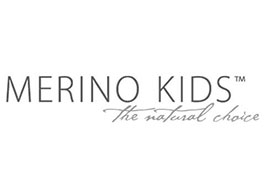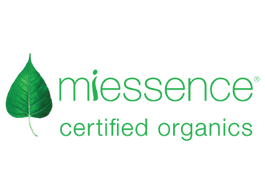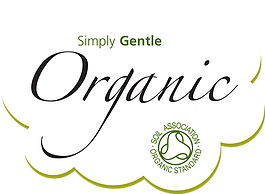– The fabric lasts longer
– The fabric is more absorbent
– No bleaching or Harsh chemical have been used AT ALL on this product.
The conventional cultivation of cotton leads to massive environmental and health problems. Around the world, more toxic insecticides are used on cotton than on any other crop. A sustainable alternative is the certified organic cultivation.
So serious are the negative impacts of chemical-intensive agricultural production, that momentum for change has grown considerably in recent years. The trend toward more environmentally friendly production methods is supported by a variety of interests including farmers wanting to escape the chemical treadmill, enlightened companies under pressure of increased environmental regulation and competition, and informed consumers calling for greater social and environmental accountability.
People like YOU can be thanked for the growth in the organic cotton industry. YOU have been prepared to put your dollars where your thoughts are and this has allowed the industry to be economically viable for farmers.
Organic cotton is produced in organic agricultural systems that produce food and fibre according to clearly established standards. Organic agriculture prohibits the use of toxic and persistent chemical pesticides and fertilizers, as well as genetically modified organisms. It seeks to build biologically diverse agricultural systems, replenish and maintain soil fertility, and promote a healthy environment.
Certification of Organic Cotton
Our Organic Cotton is Ceritified by GOTS. see www.global-standard.org for more details. By only using certified organic cotton, you can be assured of our integrity and the integrity of the product.
Certification is a system which sets standards, ensures that organic standards are met and communicates compliance to consumers through appropriate labelling. When a grower or processor is “certified organic,” an independent organisation has verified that the company meets or exceeds defined organic standards. Certified organic farms are inspected regularly and must maintain comprehensive records of their production methods.
Certification programmes and standards vary, especially in response to regional differences, although there are general underlying concepts. The International Federation of Organic Agriculture Movements (IFOAM) has produced Basic Standards covering organic production and also textile processing which provide a minimum basis upon which standards in many countries have been based. The International Organic Accreditation Service (IOAS) also exists to accredit certification systems. There are many certification agencies worldwide for organic cotton production but far fewer for certifying cotton processing to assure reduced health and environmental impacts. Several sets of processing standards exist in Europe (KRAV and GOTS for example), and others are being developed in Europe and in the United States, Australia and most countries now.
The Expanding Organic Cotton Market
Organic cotton is now grown in 18 countries but still represents only a tiny fraction of the total global cotton production – less than 0.1%. The biggest producers in 2001 were Turkey, the United States, India and Peru. Smaller experimental projects are also expanding in size and numbers.

